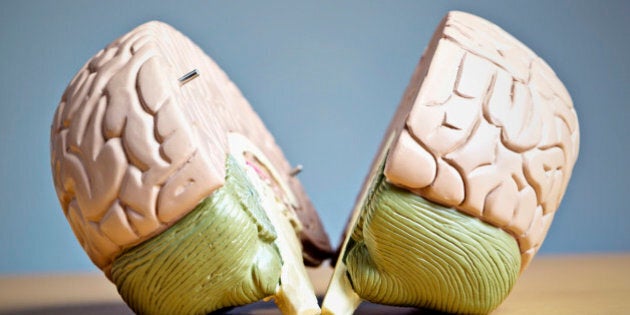
For most of the 20th century, when fanciful, non-evidence based musings of Freudian psychoanalysis reigned supreme, psychiatry's practitioners remained mysteriously aloof both in and out of their offices. Now that psychiatry has achieved its rightful place as a medical discipline, psychiatrists are daring to share more of their personal journeys as well as their opinions on controversial topics.
Two recent books by high profile psychiatrists provide readers with background knowledge that is essential in shaping our own responses to one of the biggest social problems of our times: severe mental illnesses.
Jeffrey Lieberman's Shrinks: The Untold Story of Psychiatry offers a masterful and highly readable account of centuries of missteps as professionals tried to help people with mental illnesses. As Lieberman makes clear, it was a 19th-century social activist, Dorothea Dix, who had some of the biggest positive impact when she worked to create humane sanctuaries for mentally ill people. Though psychiatry had little to help patients during these years, the early mental institutions initially offered safe living conditions.
Lieberman is Chair of Psychiatry at Columbia University and a past-president of the American Psychiatric Association. He's old enough to have endured the epic blunders of his field. As he explains, when he was born, "not a single therapeutically effective medication existed for any mental disorder." Lieberman came of age during the heyday of psychoanalysis and witnessed the struggles of psychiatrists who didn't believe that their patients' severe mental illnesses were caused by unconscious Oedipal conflicts. He lets us see the monumental battles that emerged as clinicians influenced by developments in neuroscience fought to change psychiatry into an evidence-based practice.
One of the surprising gifts in Lieberman's book was a chance for me to come to terms with my own miseducation. Lieberman discusses the impact of widely celebrated research by psychologist David Rosenhan. Rosenhan devised a clever way to demonstrate nonsensical practices of psychiatric institutions; he and others he recruited arranged to be admitted as patients and then behaved perfectly normally. This didn't stop the institutions from responding to them as if they were extremely ill people.
David Rosenhan, a warm, kind, and very smart man, was my favorite professor at Swarthmore College in the late 1960's. The ideas I absorbed from him and from others who dominated my undergraduate and graduate school education persuaded me to think of mental illnesses as mere social constructs. I was taught that these labels only further wounded people already damaged by societal and parental mistreatment. My ignorance of the growing field of biological psychiatry led me to make dangerous choices when many years later I was confronted by the signs of schizophrenia in my own daughter.
Lieberman carefully guides us through the key research that led to the development of medications and other treatments that could help people with severe clinical depression, bipolar disorder and schizophrenia. At the same time, he does a good job of exploring the beliefs of clinicians like R. D. Laing and Thomas Szasz whose ideas continue to form the basis of what has become known as the anti-psychiatry movement. Lieberman is clear about the negative impact of this movement. As he states:
The anti-psychiatry movement continues to harm the very individuals it purports to be helping -- namely, the mentally ill.
Lieberman is one of the psychiatrists who has become willing to enter the heated debates with social scientists who too often guide mental health policies. Here's a link to a recent video in which Lieberman protests the New York Time's failure to publish critiques of its article by an anthropologist providing her version of the nature of mental illnesses.
We can vividly see the destructive impact of anti-psychiatry in psychiatrist Stephen Seager's memoir Behind the Gates of Gomorrah: A Year with the Criminally Insane. Seager, who continues to work at California's Napa State Hospital, gives us an unprecedented opportunity to experience the grim conditions of people with untreated mental illnesses who end up imprisoned. At Napa there are over 3,000 violent assaults a year. As Seager made clear in a New York Times article, these violent conditions exist in forensic hospitals across the country.
The anti-psychiatry movement's insistence that mental illnesses aren't real, and that everyone must be free to choose how to respond to any "mental distress" they might experience, has had disastrous consequences. These beliefs, which heavily influence the policies of the US Substance Abuse and Mental Health Services Administration (SAMHSA) have led to enormous numbers of people with untreated mental illnesses ending up in the criminal justice system. There are now ten times as many people with mental illnesses who are incarcerated as there are in state psychiatric hospitals.
Those who commit the most violent crimes in California end up in places like Napa State Hospital. The public might reasonably assume that once someone with an untreated mental illness commits a crime and ends up imprisoned, they can then finally receive the treatment they need. Seager talks us through the intricacies of the judicial process and the power of patient rights' groups that result in many ill people not receiving medications they need.
Seager explains how well-intentioned but misguided patients' rights groups and human rights lawyers are contributing to the violent conditions experienced by other patients and staff in forensic hospitals. For instance, violent patients who injure others are sent back to the same units. At Napa, when staff tried to protect some patients by ensuring that the most violent offenders don't share cells, they couldn't overcome the systemic obstacles. Putting patients in single occupancy cells was declared to be mistreatment. Meanwhile, patients themselves keep asking to have their own rooms.
Seager remains energetic and hopeful in responding to the needs of his patients. In recent conversations, he has emphasized how many people are able to benefit from medical treatments they are able to receive. And he and his colleagues work to provide access to the best evidence based psycho-social rehabilitation programs they can implement once people's mental illnesses are stabilized. He hopes that the education that people receive about their illnesses can keep them healthy when they return to the community.
At the same time, Seager is bold in framing the most basic problems. He wants us to understand that the "erroneous anti-psychiatry paradigm and its residue continues to influence both state and national policy." He acknowledges that psychiatrists haven't been active enough in responding to this problem:
We allowed the anti-psychiatry movement to go largely unchallenged. Some of us wholeheartedly participated. We stood by while state hospitals were emptied and our patients were flung into the streets. Now wringing our hands and bemoaning the fates, we tolerate the epidemic violence inflicted on our new forensic patients in places like Napa State, which propagate and tolerate legally sanctioned mistreatment of the very persons we are ethically charged to defend.
Now that psychiatrists are increasingly willing to enter into the messy public arena, it's up to the public to see what we can do with the information they are providing.
ALSO ON HUFFPOST:
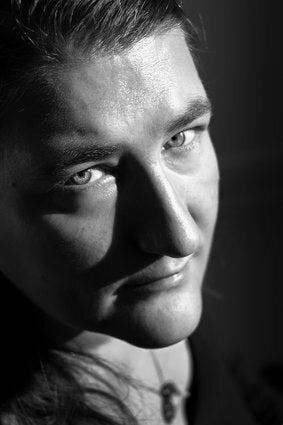
“Meine Liebe zu Kindern ist größer als mein Leiden” -Abla Farhoud
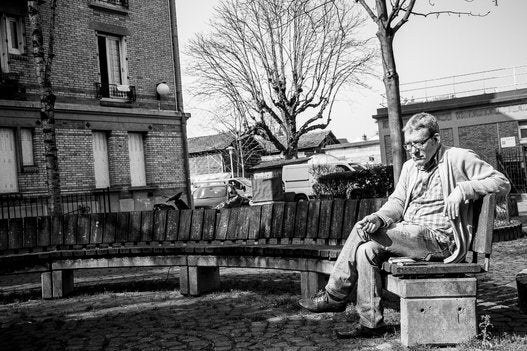
“Wenn ich dich jemals verlieren sollte, habe ich vielleicht nicht den Mut, mich physisch umzubringen, aber mental wäre ich auf ein Nichts reduziert.” - Zirocks Liberto
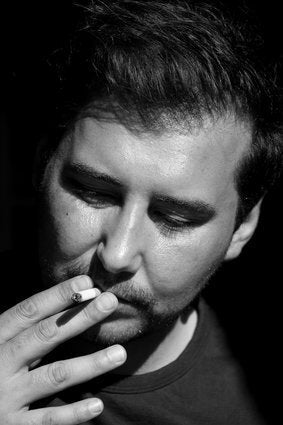
“Gesundheit verändert sich, Krankheit verändert sich nicht” -Charles du Bos

“Hinter meiner lässigen Gleichgültigkeit verstecke ich all meine Wunden. Ich habe sie gezähmt, damit ich sie besser verstecken kann. Über meine Wangen rollen unsichtbare Tränen, auch wenn meine Augen nicht mehr nass sind.”
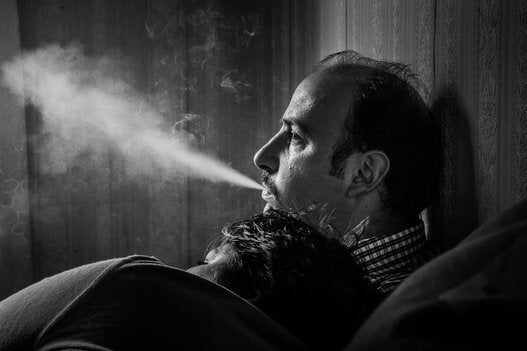
“Sorgen trägt jeder auf seinen Schultern, aber Freude muss geteilt werden” - Elbert Hubbard
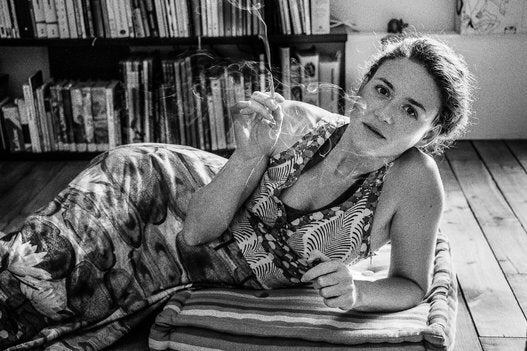
“Niemand fällt zweimal in denselben Fluss” - Heraklit

“Ein Künstler muss ausstellen, aber er muss sich auch entblößen, um sich aufzudrängen und wenn nötig explodieren” - Nicolas Schöffer
“Große Künstler haben keine Heimat” - Alfred de Musset


“Es existiert eine göttliche Gerechtigkeit”

“Koste die Gegenwart voll aus, ohne an die Zukunft zu denken"
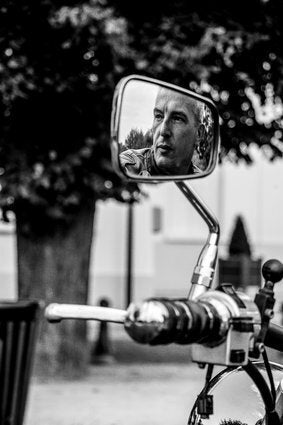

“Sein oder Nichtsein, das ist hier die Frage” - William Shakespeare
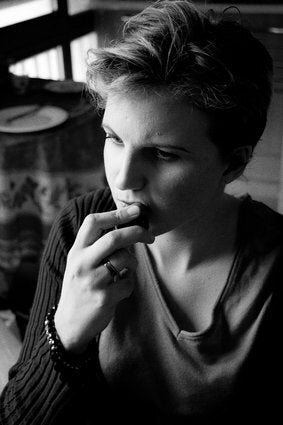
Sie ist stabil, dennoch ist ihre immer wiederkehrende kognitive Störung ein Hindernis für ihre Karriere. Sie assistiert Anne Betton als Freiwillige bei einigen Projekten.
